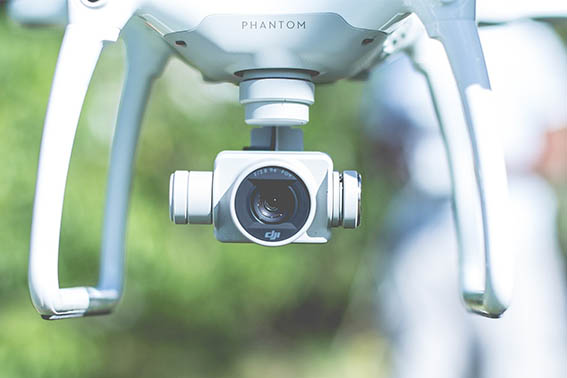
Smart City Pandemic Management
Smart Cities are far in advance of any other city with the technology that can be made available to them. This therefore, puts Smart Cities in a far better position than any other to help tackle a pandemic such as the coronavirus.
Big data can be used to help track and trace a virus improving the speed of the response to the crisis. This involves resident participation in entering their data to assist in building the picture and continuing to contribute to the data, but with this support the data available can be analyzed and communicated back to the response team to make informed decisions on the next step in the fight to protect residents.
Big data also comes into play with the use of geographical data that your smart phone records. The data shows where you travel to, what shops you visit at what time and on what day. This can predict future behaviors and therefore, the spread assisting a city’s strategy in reducing human contact.
Drones can also play a significant part in managing a pandemic and have a number of uses. Importantly they have the ability to deliver testing kits to people as well as other vital medicines to those who cannot leave their home and drones can also contribute to a city’s pandemic security plan. Drones can monitor areas such as parks and beaches where high footfall is commonplace. By flying the drone over with the camera linked to a central control room, an area can be monitored to ensure social distancing is being adhered to and when it isn’t, the individual monitoring the drone can speak to the perpetrators via the drones microphone.
Other simple yet effective elements of a Smart City can also be put into practise to support the overall city plan, such as interactive billboards to inform residents, driving messages and statistics as well as alerting people if they are entering an area with a high proportion of virus cases.
There is a plethora of procedures that can be introduced to a city’s healthcare provision to ensure a safer more data driven way to manage the population in the case of a pandemic like coronavirus. Testing stations could be automated to remove the need for human to human interaction. Data could be recorded and processed, reducing the risk to healthcare workers. The same can be said prior to entering a healthcare building, with temperatures being taken by a self-automated system as opposed to a human carrying out the check.
The possibilities of how a Smart City can implement a pandemic plan is endless and following the coronavirus pandemic, Smart Cities will be looking to how they can future proof themselves for any further outbreaks.
